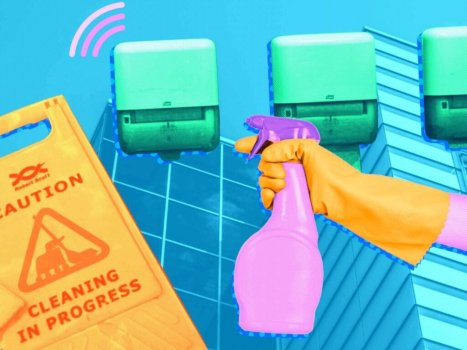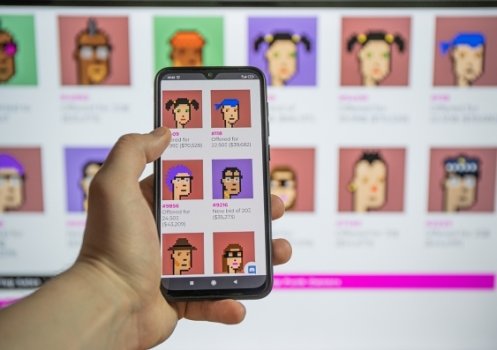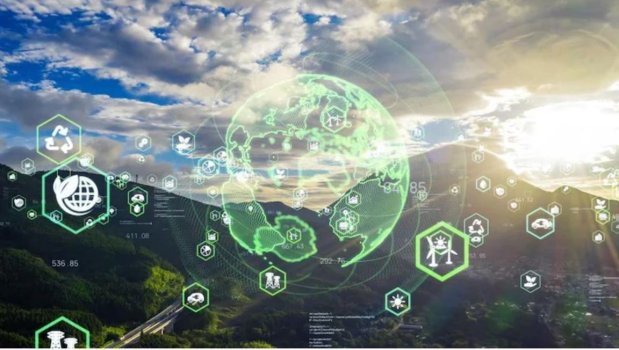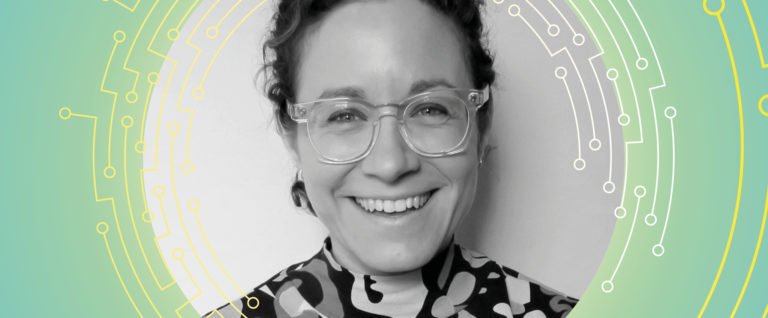How Smart Restrooms Help Buildings Adapt to Pandemic Disruptions
- Technology Solutions
- 0 Replies
As the COVID-19 spike driven by the Omicron variant began to diminish in the hard winter of 2022, states across the U.S. started easing up on pandemic control policies. Governors from California to New Jersey announced the end of mask mandates and other restrictions. The public returned to public spaces.
But as we re-enter shared facilities—from office buildings to restaurants to concert venues—we carry with us a newfound concern about health and hygiene. And no part of a public building sends a stronger message about hygiene than the restroom.
Research by Kimberly-Clark Professional found that 75 percent of workers associate bathroom cleanliness with broader hygiene standards throughout the building. Unclean bathrooms suggest unhygienic buildings, which remind us of health risks; we have a higher expectation of cleanliness than we did in 2019. And it’s not just surveys that suggest this trend. It’s there in the behavioral data, too. Kimberly-Clark also notes that public-restroom visitors used twice as much soap and a quarter more hand towels in the first 12 weeks of the pandemic—habits that are hard to break.
Meanwhile, labor shortages are making it tougher to keep cleaning departments fully staffed. Facility managers have to do more with less. So where can they turn to improve restroom cleanliness (both actual and perceived), helping to ease the broad transition back into public life?
A more positive trend offers an answer: Over the past few years, the cost of sensors and connectivity technologies have come down dramatically. That makes the Internet of Things more widely available—and IoT is key to achieving the spotless restrooms a nervous public expects.
Exploring IoT in Restroom Management
Smart building technologies are well-known for reducing energy usage; think of automated lighting controls and HVAC systems. And building automation and control systems (BACS) deliver powerful data on everything from space utilization to traffic patterns, enabling managers to make smart decisions.
Continue reading: https://www.iotforall.com/how-smart-restrooms-help-buildings-adapt-to-pandemic-disruptions
But as we re-enter shared facilities—from office buildings to restaurants to concert venues—we carry with us a newfound concern about health and hygiene. And no part of a public building sends a stronger message about hygiene than the restroom.
Research by Kimberly-Clark Professional found that 75 percent of workers associate bathroom cleanliness with broader hygiene standards throughout the building. Unclean bathrooms suggest unhygienic buildings, which remind us of health risks; we have a higher expectation of cleanliness than we did in 2019. And it’s not just surveys that suggest this trend. It’s there in the behavioral data, too. Kimberly-Clark also notes that public-restroom visitors used twice as much soap and a quarter more hand towels in the first 12 weeks of the pandemic—habits that are hard to break.
Meanwhile, labor shortages are making it tougher to keep cleaning departments fully staffed. Facility managers have to do more with less. So where can they turn to improve restroom cleanliness (both actual and perceived), helping to ease the broad transition back into public life?
A more positive trend offers an answer: Over the past few years, the cost of sensors and connectivity technologies have come down dramatically. That makes the Internet of Things more widely available—and IoT is key to achieving the spotless restrooms a nervous public expects.
Exploring IoT in Restroom Management
Smart building technologies are well-known for reducing energy usage; think of automated lighting controls and HVAC systems. And building automation and control systems (BACS) deliver powerful data on everything from space utilization to traffic patterns, enabling managers to make smart decisions.
Continue reading: https://www.iotforall.com/how-smart-restrooms-help-buildings-adapt-to-pandemic-disruptions


























